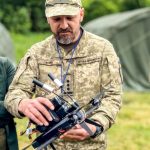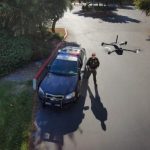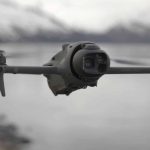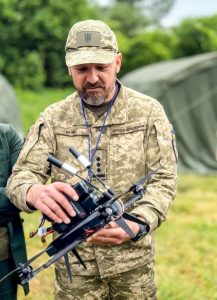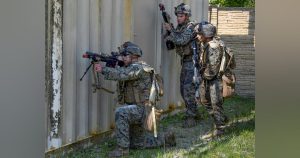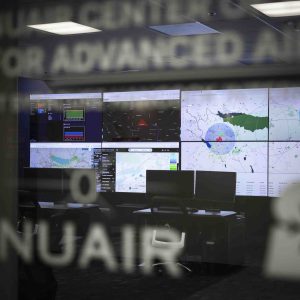Is BVLOS Just Around the Corner? Insights from the AUVSI Drone and AAM Policy Symposium
Beyond Visual Line of Sight (BVLOS) operations are increasingly on the verge of becoming commonplace in the United States, thanks to recent developments shared at AUVSI’s Drone and Advanced Air Mobility (AAM) Policy Symposium. These advancements are driven by executive actions, legislative moves, and active rulemaking from the FAA.
The Importance of BVLOS
BVLOS refers to the operation of drones beyond the visual range of the pilot, allowing for applications like package delivery, infrastructure inspection, and emergency response over extended distances. Historically, the routine implementation of BVLOS has been hindered by complex FAA waivers, stringent restrictions, and equipment certification challenges.
For the drone industry, BVLOS is essential as it enables transitioning from small-scale operations to expansive networks supporting diverse applications, from medical deliveries to public safety. Lisa Ellman, CEO of the Commercial Drone Alliance, highlighted the potential of BVLOS: “With the right framework, we can unlock safe, secure, and scalable drone operations for the American people.”
Regulatory Shifts in 2025
Two key drivers are influencing the BVLOS landscape:
- Federal Push: In June 2025, two executive orders required the FAA to issue a Notice of Proposed Rulemaking (NPRM) for the new Part 108 BVLOS regulation by July 6, 2025, with finalization by January 31, 2026.
- The LIFT Act: Launched in July 2025, the LIFT Act pushes the FAA to swiftly develop performance and safety standards for BVLOS and leverage AI to expedite application reviews.
The Vision of Part 108
Part 108 aims to revolutionize BVLOS operations with:
- Dual Approval Pathways: Permits for low-risk operations and certificates for large-scale networks, benefitting both startups and established companies.
- Technical Standards: Expected requirements include certified detect-and-avoid sensors and robust communications.
- Airspace Integration: Creating ‘air corridors’ for drone operations alongside manned aircraft.
- Revised Right-of-Way Rules: New discussions on low-altitude corridors where manned aircraft might yield to drones.
BVLOS Applications and Opportunities
Experts see immediate opportunities in:
- Urban and rural delivery, including medical supplies and groceries.
- Long-range infrastructure inspections.
- Enhanced emergency response capabilities.
- Agriculture applications like crop monitoring and management.
- Public safety operations in controlled zones.
For example, a North Dakota utility showcased significant cost savings and safety improvements from an FAA BVLOS corridor pilot.
Challenges Remaining
Despite progress, several hurdles persist:
- Missed deadlines, as seen with the July 6, 2025, target for the NPRM release.
- Uncertainties around funding and resources for the FAA.
- The critical need for public trust supported by transparent safety standards.
Immediate Steps for Industry
Experts recommend businesses prepare by:
- Upgrading drones with certified technologies.
- Participating in FAA test sites.
- Engaging with policymakers to shape practical regulations.
- Investing in workforce training and certification under Part 108.
- Focusing on viable BVLOS use cases like rural delivery.
Conclusion: BVLOS Nearing Reality
At the AUVSI Policy Symposium, there was a strong consensus that routine BVLOS is almost achievable. With focused regulatory efforts, the commercial drone sector is poised for significant advancements.
However, as industry insiders quip, regulatory follow-through will determine how soon BVLOS becomes a reality in U.S. airspace.
